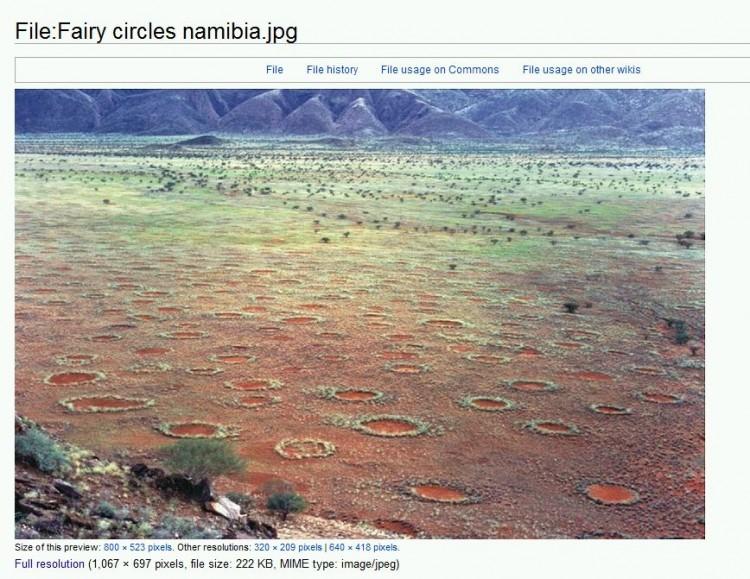The mass of grassless rings that cover the Namib Desert in southwestern Africa have perplexed scientists for years, but a recent study found they are likely made by termites.
The rings, known as “fairy circles” to some, appear in regular patterns across the desert in Angola to South Africa, and they can remain there for several decades, reported LiveScience, citing a study in the journal Science published on Thursday. Their cause, it was suggested, is due to a type of termite, Psammotermes allocerus.
Science magazine said last year that “tens of thousands of the formations—bare patches of soil, 2 to 12 meters in diameter” cover the area. And the Himba people have told researchers that the dots are made by the “footprints of the gods,” it says, or made by their “original ancestor, Mukuru,” according to The New York Times.
Norbert Juergens, a professor of ecology at the University of Hamburg, wrote in the study that the termites “match the beaver with regard to intensity of environmental change, but surpass it with regard to the spatial dimension of their impact,” according to the Times.
“P. allocerus turns wide desert regions of predominately ephemeral life into landscapes dominated by species-rich perennial grassland supporting uninterrupted perennial life even during dry seasons and drought years,” he wrote.
He noticed that whenever he found dirt patches inside the circles, he found termites, according to LiveScience. He also found that most patches had layers of cemented sand, underground tunnels, and plant material, which are signs of a termite presence.
RELATED: Namibia Angry at Drunk Veterans
Walter R. Tschinkel, a biologist at Florida State University, first concluded that the termite theory was the reason for the circles, but he then recanted that claim, calling the circles an unsolved mystery.
He wrote a critique of Juergens’s study, saying that he “has made the common scientific error of confusing correlation (even very strong correlation) with causation,” according to the Times.
Another researcher, Yvette Naude of the University of Pretoria, South Africa, who did not partake in the study, was similarly skeptical.
“The paper is a useful addition to debating the origin of the fairy circles,” Naude told LiveScience. However, the paper “does not address the key question as to what is the primary factor that causes sudden plant mortality, i.e. the birth of a fairy circle,” she said.




